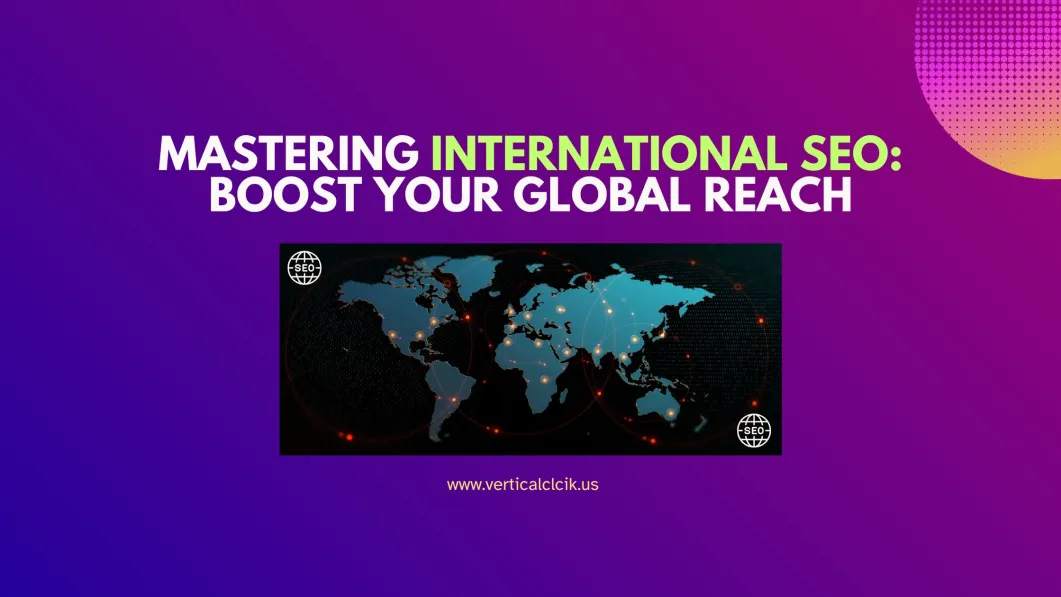International SEO: Best Practices to Optimize Your Website for Global Reach

Internationalize your audience. Deliver a good user experience through localization. Increase your conversions through personalized content. Create your global brand presence and maintain your goodwill in your industry in which your business exists. Global reach is very important if you want to increase your business internationally. Additionally, goodwill is an intangible asset that refers to your standing in the specific industry you are a part of.
10 Best practices of international SEO.
- Define your target markets.
Establish what countries and languages you desire to target. Use tools like Google Analytics and Search Console to determine where your current traffic comes from, along with market research for growth opportunities.
- Choose a suitable URL structure.
Choose from the following options based on your goals and available resources:
- ccTLDs
- Subdomains
- Subdirectories
They work in different ways. Subdirectories are often the best way to manage SEO under one domain, whereas ccTLDs give you a much stronger geo-targeting signal.
- Implement Hreflang attributes
Once hreflang tags are used on a page, search engines are informed about the existence of such pages in a language other than the current regional version. This would help avoid duplicate content problems and would also ensure that the user sees the right version of the site in accordance with their language preference and geographical location.
- Localize your content
Adapting the content, visuals, measurements, currency, tone, and references to local culture and expectations is localization; it is not only simply translation.
- Optimize For Regional Search Engines
Google is ubiquitous around the world, but some countries want alternatives:
- China: Baidu
- Russia: Yandex
- South Korea: Naver
Know how these search engines rank the contents so you can steer your strategy accordingly.
- Create Region-Relevant Content
Create unique content for each market, which may include localized blog posts, visiting case studies from that region, or landing pages speaking to market-specific interests and pain points.
- Local Hosting or CDN
Of course, because of CDNs, this importance is no longer felt so much nowadays. However, local hosting can still improve page load speed and performance for certain regions, eventually gaining better ranks.
- Backlinking
Local backlinks in local domains enhance your overall authority in that geographical region. You can partner with local companies, influencers, and media houses for acquiring relevant link backs.
- International Keyword Research
The popularity and intent of keywords are different in each country and language. Use local keyword research tools or adapt tools such as Google Keyword Planner to account for regionally different search data.
- Adjustment and Performance Monitoring
Establish analytical and search console tools to track how the international content does with rankings, traffic, and engagement in individual regions to adapt your SEO strategy.
Conclusion
International SEO is much different from mere translation; it’s the digital strategy to develop contact with a global audience. Localizing the content and structure of your site and keeping in tune with trends in local searching will make your brand successful across borders and cultures.